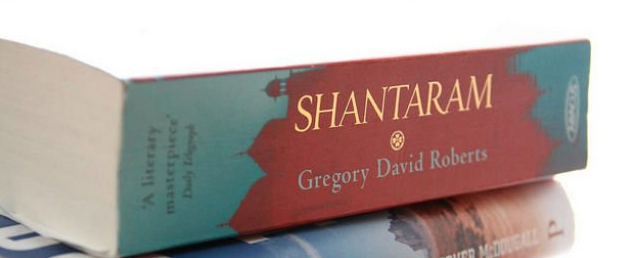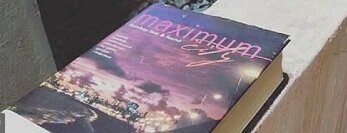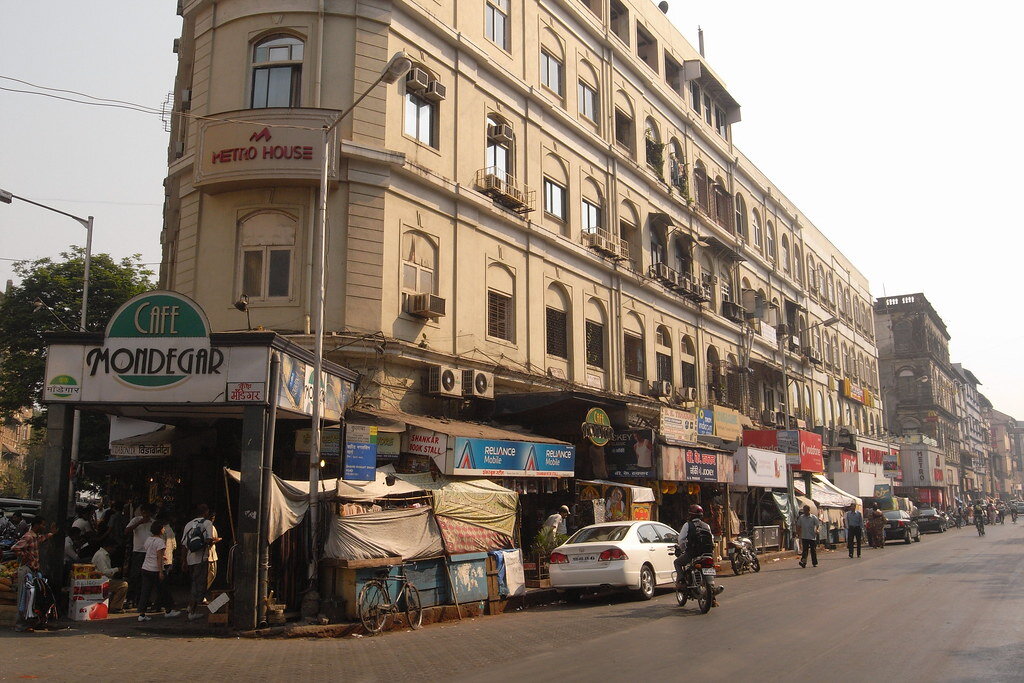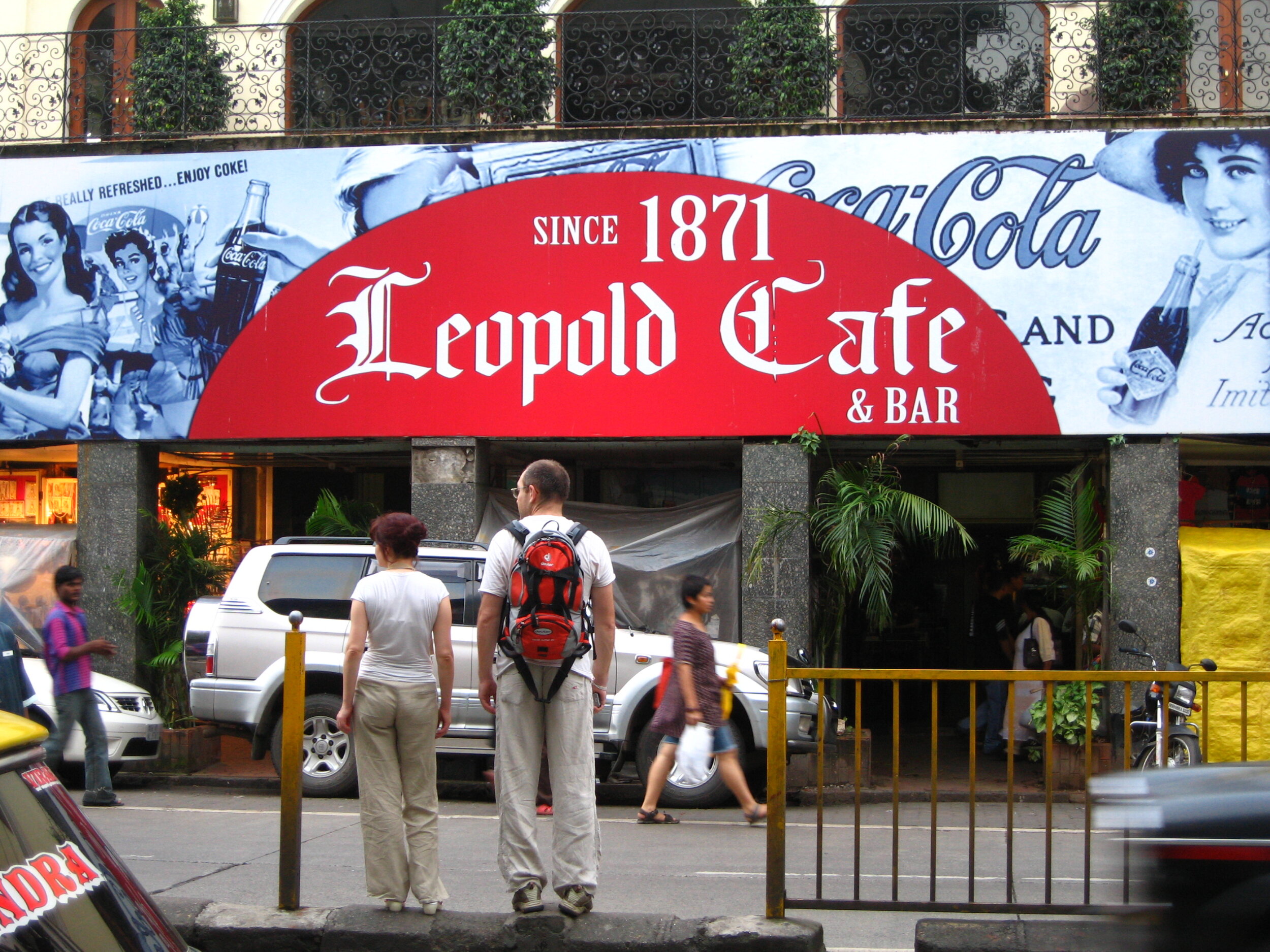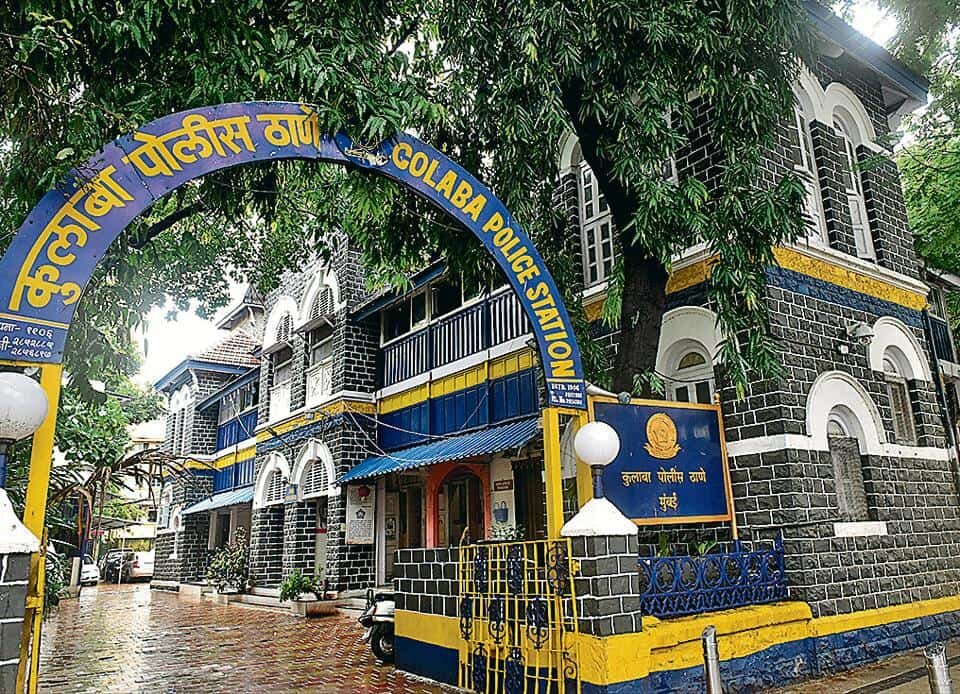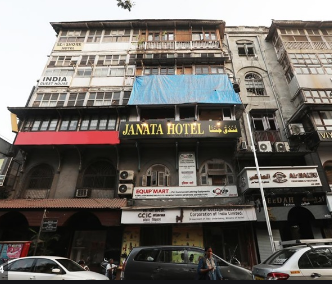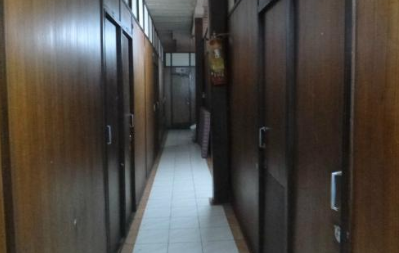BOOKWORMING: MUMBAI
“If Dublin suddenly disappeared from the earth, it could be reconstructed from my book…” - James Joyce on Ulysses.
Our literary walk, Bookworming, simply put, is a walk down book lane – to see how a city lends itself to a book and vice versa. Literary concepts have played a pivotal role in shaping cities in our imagination. And one cannot deny that cities make excellent muses. London has played central character in many books. Dickens has conveyed the sense of the city, as a backdrop, in many of his works. Closer home, in A Fine Balance, Rohinton Mistry reconstructs Bombay during Emergency through four disenfranchised characters. Delhi moves and slides in Dalrymple’s books. Ahmed Ali’s A Twilight in Delhi, Salman Rushdie’s Midnight Children, Kiran Nagarkar’s Ravan & Eddie, Suketu Mehta’s Maximum City, Ruskin Bond’s A Town called Dehra, Anita Desai’s Clear Light of the Day, Krishna Sobti’s Dil O Danish, Vikram Chandra’s Love and Longing in Bombay, to name a few, straddle cities. Fictionalised or real, these illustrate different versions of a city. They shift the lens.
This hopping of one character to another, places, objects, situations and structures of life constructed in a city spill out from the pages onto the streets. It makes them come alive for studying streets or even walking them is not just a geometric measure – of what lies or lives on them. It is so much more. What better way to walk the wonder then but with books? Stories become a medium to negotiate with the non-linear, anti –spectacular, mesmerising and corroded aspects of a city. Bookworming does just that! Apart from marrying the love of books and cities together without a matchmaking aunty!
BOOKWORMING: LIN BABA’S COLABA
Shantaram by Gregory David Roberts is a ‘long crowded story’ that you can either love or hate. Whatever the case, it definitely unsettles categories as it flirts with fact and fiction. It grabs you by the collar and takes you everywhere. Through Lin Baba’s Colaba we cover some ‘wheres’ of that everywhere and look at the over-walked Colaba through Lin’s eyes.
The walk Lin Baba’s Colaba makes for an interesting interaction with Colaba for it finds mention in the book right at the beginning – a start to Lin’s Mumbai experience. Like in the book, the small by-lanes of Colaba remain as seedy as ever and it is ‘Business as Usual’ here for the nefarious. Foreigners can expect to be accosted by the Prabhakers of today, offering drugs, accommodation and foreign currency exchange. Some things never change! And some do. Amidst rows of shops selling glittery baubles and clothes like in the 80’s, Colaba Causeway is now dotted with exclusive stores of both Indian and international brands including the very un-Shantaram McDonalds.
Leopold Café immortalized by the book is not just a physical presence in the book with its 30-minute cedar chairs, marble topped tables and woody interiors. It takes the novel forward and introduces new characters.It’s a free zone much like the idea of Bombay. “I am French, gay, Jew and a criminal. Bombay is the only city that allows me to be all four.” Says Didier. Allowances. They have been Mumbai’s draw and drivers…
Across the café is the Colaba Police station, another landmark in Lin’s Colaba experience. He lands in this hierarchy of suffering after Ulla’s betrayal. Established in 1906, this police station houses a tablet that marks the date Colaba was fused with the main island in 1838. From here we follow Lin’s footsteps to India Guest House. Recently renovated, the guest house, except for its location and narrow staircase, bears no resemblance to the flaking paint, laminated wooden partitions, irregular flooring, cracked mirror, melted candle and ‘headache green’ interiors that Gregory Roberts writes about. One can only imagine. It makes you wonder if the rule ‘ smoking, drinking, dancing, music, sexy business no problem except fighting and dying. Mr Anand not liking people dying…’ still holds! Outside Colaba market buzzes on…
Shanataram’s world is set in Mumbai of the 80s when the nexus between businessmen, politicians and underworld was gaining strength. Most gang activities centered around smuggling or paani ka kaam but with time extortion and supari were added to the list.
Paani Ka Kaam. Mukesh Mill from Sassoon Dock
The Textile Mill strike of 1981-82 added to increased underworld activity. Mills became hideouts and many displaced joined gangs or goonda elements. In this urban climate Lin joins Khader Bhai’s gang. Brushing a little history of Mumbai underworld we enter Sassoon Dock letting the stench of fish make our stomach flip a’la Lin. We take in the abandoned Mukesh Mill across the dock and stroll out and onwards towards WTC mentioned as ‘ a village in the sky’ for the top floors were like a make shift village during its construction and on to the slums in that area that find might have traces of Lin’s presence in odd corners, dispensaries and carrom games under a 20 watt bulb.
BOOKWORMING: BABBANJI BIHARI TRAIL
Bombay adds migrants to the city on a daily basis. The draw is not just money and opportunity but also the freedom and glamour that the city stands for. Suketu Mehta’s Maximum City is part memoir, part travel wiriting and part socio-political analysis of the history and people of Mumbai through human and morally complex stories. It is an account of ‘individually multiple’ people. In a chapter titled Sone ki chidiya from the Passages section of the book, we meet one such individually multiple character called Babbanji and using him as a prototype, we trace the trajectory of a typical migrant into the city.
Babbanji is young runaway from Sitamarhi, Bihar, whose first interaction with the city is the out station platform of CST station like any other migrant into Mumbai. He leaves his hometown with a promise ‘…when I come back to Sitamarhi, I will be something…’ his circumstance is slightly different at the onset because he is literate and has dreams of becoming a poet, a writer and we walk with him to looking at sunsets, destitution, slums and crowded trains. But here through Babban’s story Suketu Mehta takes us to the imperious black basalt and yellow kurla stone GPO building and moves our gaze towards the kabutar khana at the intersection between GPO and Fort Bazaar. Through Babban we are introduced to this little cultural phenomena sitting, quite literally on the edge of extinction – The Letter Writers of Mumbai.
They were a bridge between a migrant and his village once upon a time. Interestingly, it was the British who formalised the professional letter writers when they set up the postal network of India and they were housed in the GPO up until 1995. They were the insiders on the outside – privy to love affairs, pregnancies, family problems, money, struggles and other secrets of migrant workers. Made redundant by the mobile phone revolution many have disappeared and a lot of them have taken to filling forms and writing official documents. To see them today, imagine what it would have been like is to read the passages from Maximum City. There, they have frozen in time.
We walk on to see Babban’s life on footpath – his job at a one of the bookstalls between Flora Fountain, Horniman Circle, a roadside sandal store which doubles up as a bedroom at night, maidan behind Churchgate Station where one can get a plate of rice-dal under Rs.10 and live another day, and the struggle to get time in public loos.
But Babban is a literate and through the author manages to not only stroll around the Jehangir Art Gallery but also score meals at the Café Samovar (off the map now) and make it to poetry reading sessions that open a life beyond the one on the footpath.
From here we head into the busy, bustling Colaba Causeway and straight into Café Mondegar – where Babban’s story comes a full circle. It is here he reunites with his father and returns home as “something” – Bombay return!
Bookworming: Delhi to be continued…
LINKS FOR MORE ON BOOKWORMING:
http://www.natgeotraveller.in/gangstas-paradise-searching-for-shantarams-colaba/
https://m.dailyhunt.in/news/india/english/lbb-epaper-lbb/love+shantaram+and+maximum+city+take+this+literary+tour+of+mumbai-newsid-91015205
http://www.bbc.com/travel/story/20111111-travelwise-literary-mumbai
https://www.outlookindia.com/outlooktraveller/explore/story/68404/7-heritage-walks-in-india-that-go-beyond-food
https://indianexpress.com/article/cities/mumbai/walking-tours-a-different-angle-to-explore-maximum-city-4923044/
https://www.straitstimes.com/lifestyle/travel/thrill-of-literary-trails
https://benjamuna.com/2013/09/13/the-letter-writers-of-mumbai/

